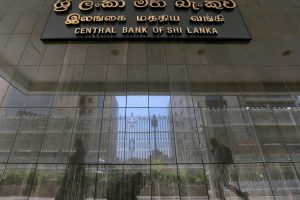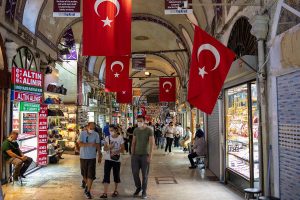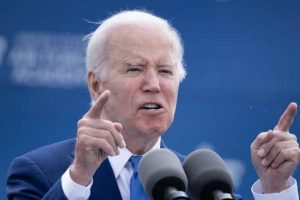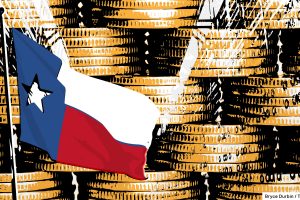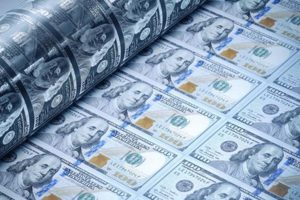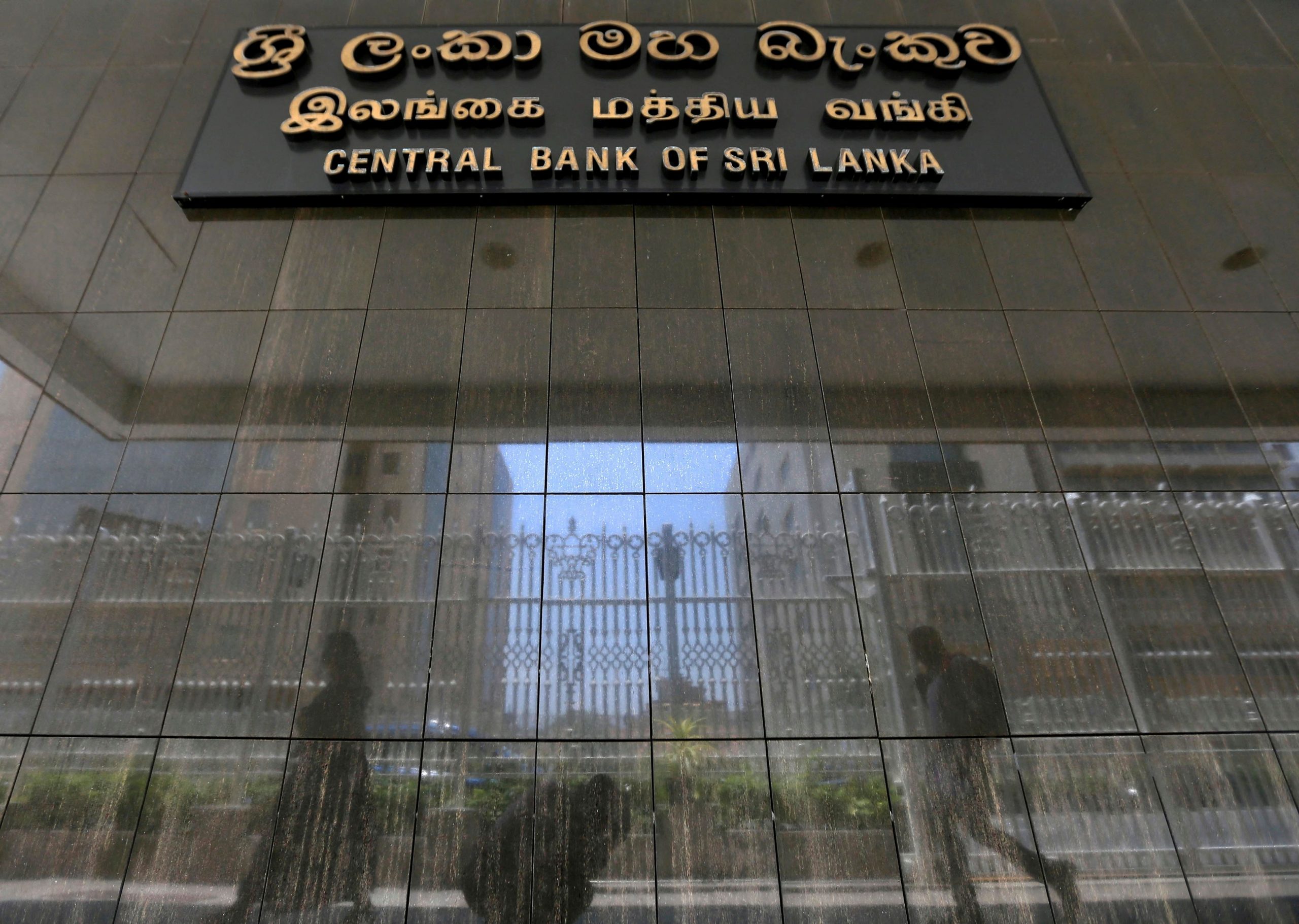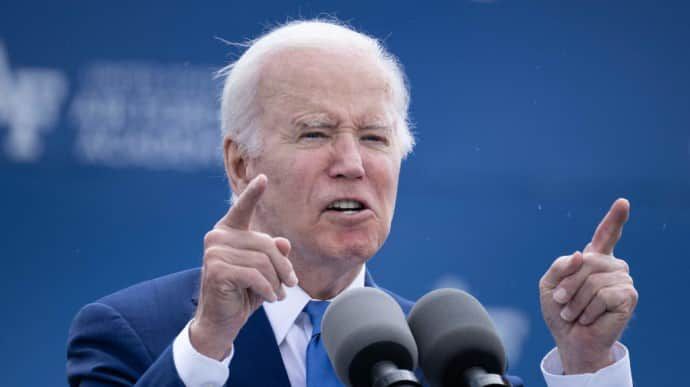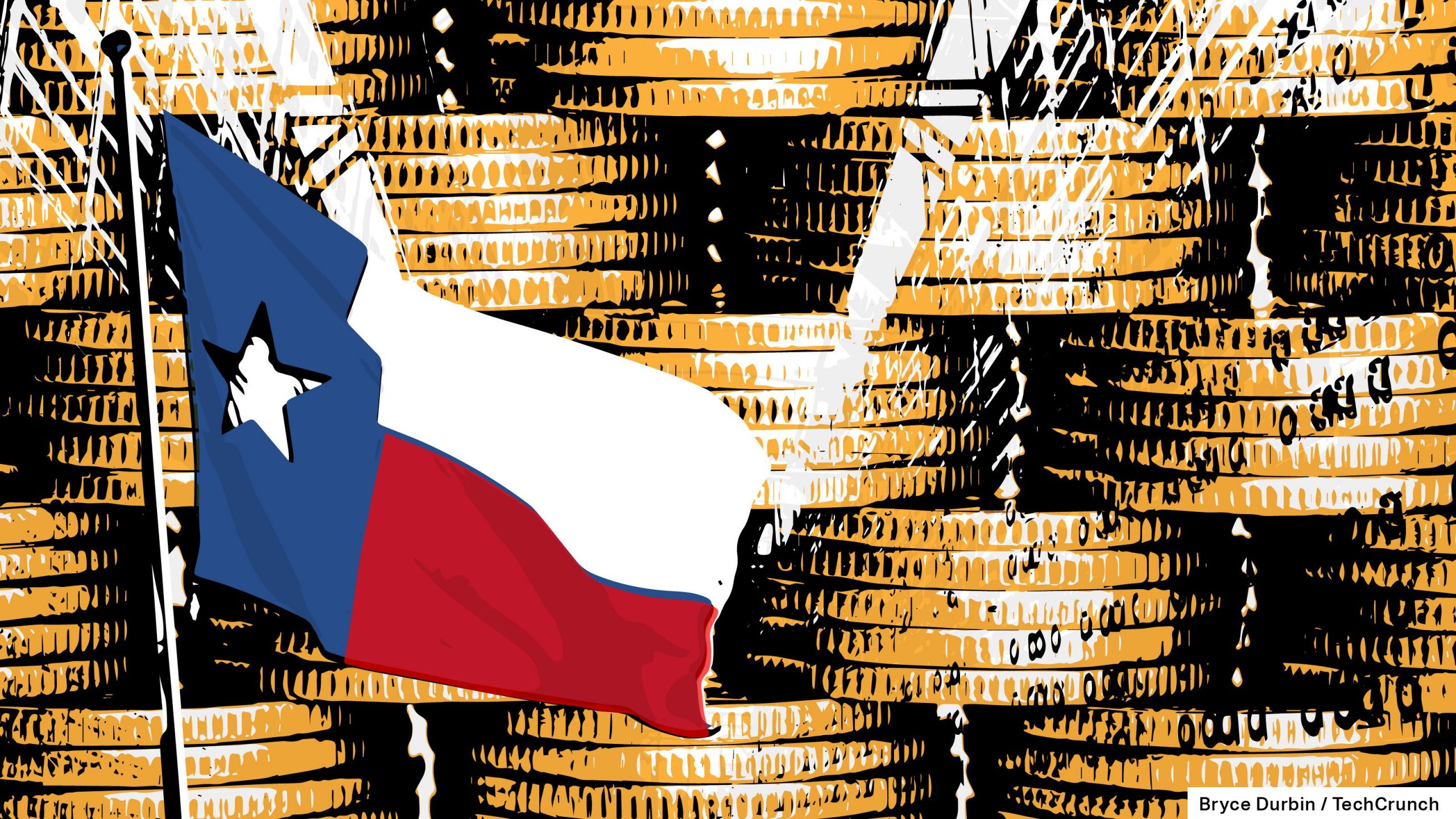Introduction
The central bank of Sri Lanka has taken the market by surprise with a decision to cut interest rates, signaling a shift in strategy aimed at revitalizing the country’s economic recovery. This move reflects growing confidence that Sri Lanka’s worst financial crisis is behind it, with inflation easing, government revenues improving, and the pressure on the country’s balance of payments easing. The rate cut is expected to provide a boost to the economy, following a series of reforms implemented by President Ranil Wickremesinghe’s government. While the decision has been well-received by the market, challenges persist, and it is crucial for the government to stay committed to ongoing economic reforms.
Reforms and Recovery Efforts
Sri Lanka faced a severe financial crisis in the past year, characterized by depleting foreign exchange reserves, escalating food and energy prices, and political turmoil. President Wickremesinghe, who assumed office in July, secured a $2.9 billion bailout from the International Monetary Fund (IMF) in March. In a national address, Wickremesinghe emphasized the government’s determination to reduce government spending, attract foreign investment, and create job opportunities as part of their efforts to revive economic growth. The implementation of various reform measures, such as boosting exports, attracting international investors, and restructuring struggling state-owned enterprises, aims to restore fiscal stability and revitalize the economy.
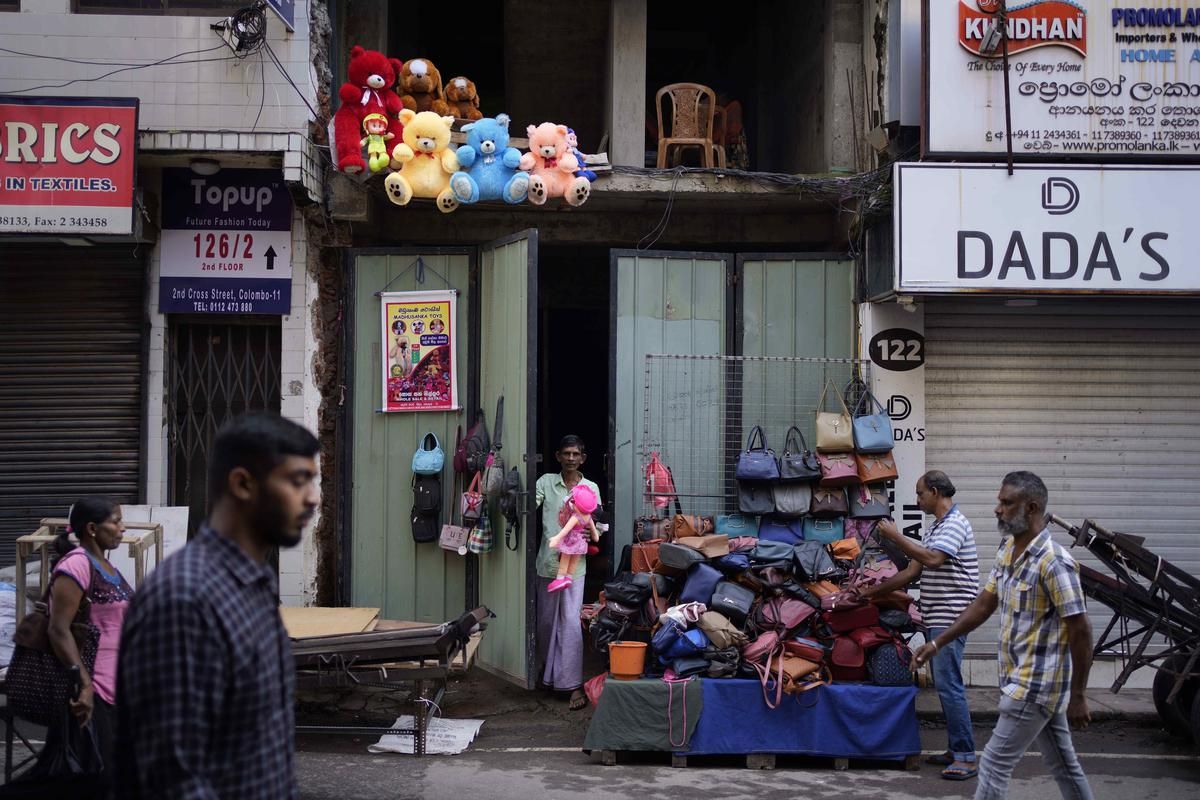
Confidence and International Support
IMF Deputy Managing Director Kenji Okamura expressed satisfaction with Sri Lanka’s commitment to implementing economic reforms. However, Okamura highlighted the need to maintain momentum in the face of a challenging economic environment. The decrease in inflation, improvement in government revenues, and easing pressure on the country’s balance of payments have instilled a sense of confidence in Sri Lanka’s economic prospects. The country aims to restructure its bilateral debt with other nations by September, which will further enhance its recovery efforts.
Rate Cut by the Central Bank
The Central Bank of Sri Lanka (CBSL) surprised the market by reducing its standing deposit and lending facility rates by 250 basis points, bringing them down to 13% and 14% respectively, from the previous levels of 15.5% and 16.5%. This substantial rate cut is intended to steer the economy towards a phase of recovery. The decision follows a period of high inflation, with the key Colombo Consumer Price Index showing a year-on-year increase of 25.2% in May, down from 35.3% in April. The rate cut is expected to alleviate some of the economic stress caused by the crisis.
Market Response and Growth Outlook
The unexpected rate cut has been met with positivity in the market, as evidenced by the strengthening of the rupee against the dollar and the upward movement of the benchmark Colombo Stock Exchange index. Analysts suggest that the central bank has shifted its focus from combating inflation to stimulating growth. In response to escalating inflation, the CBSL had previously raised rates by a record-breaking 950 basis points. While the IMF predicts a 3% contraction in GDP for 2023 and the CBSL forecasts a 2% contraction, the central bank anticipates a return to growth starting from the third quarter, following a slight contraction in the second quarter. The gradual expansion of lending activities and increased credit flow into businesses are expected to contribute to the economic recovery.
Conclusion
The decision of Sri Lanka’s central bank to reduce interest rates reflects growing confidence in the country’s economic recovery. This move comes as inflation eases, government revenues improve, and the pressure on the balance of payments eases. The rate cut aims to stimulate the economy and support the ongoing reform measures implemented by the government. While challenges persist, including the sustainability of economic reforms and achieving single-digit inflation, Sri Lanka’s commitment to implementing reforms and securing international support remains crucial. The country’s journey towards economic recovery will require persistent determination, prudent fiscal management, and an enabling environment for both domestic and foreign investments.
©traders-news.online
